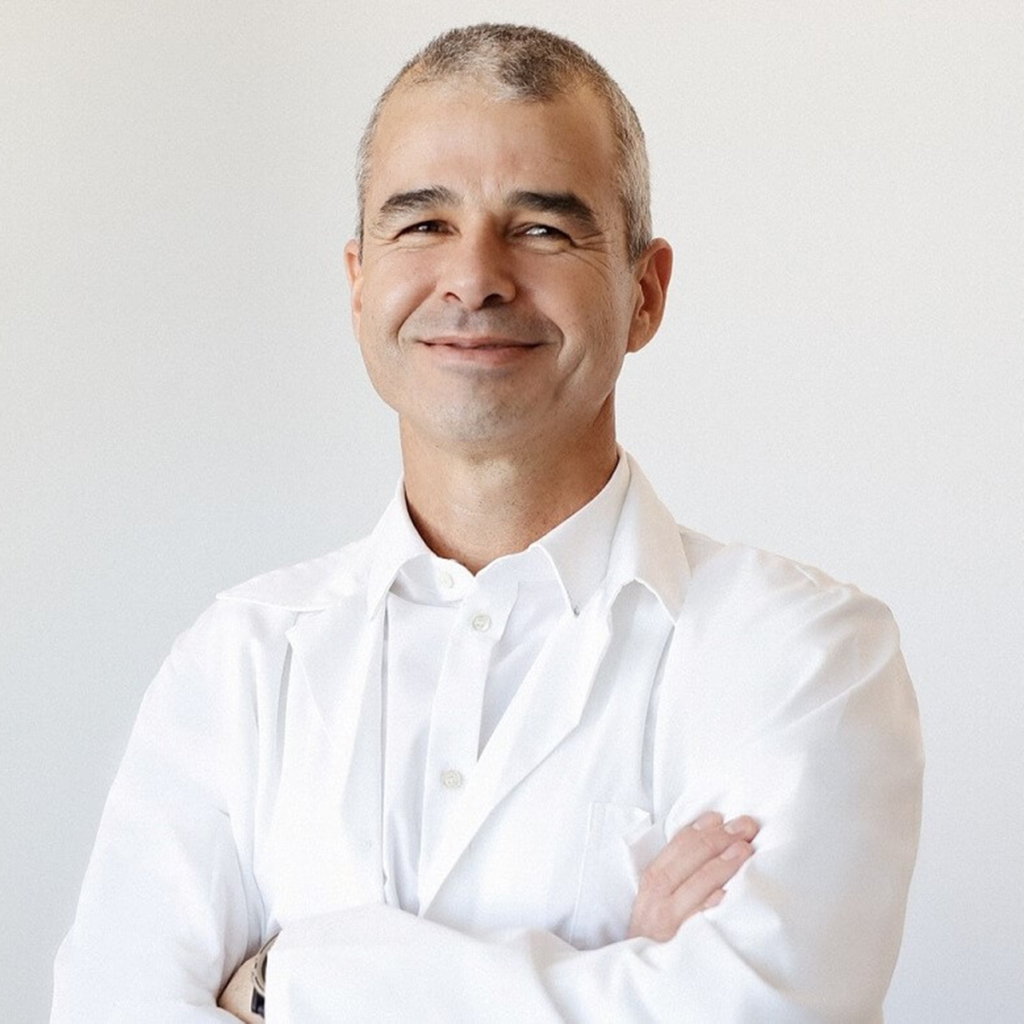Dr. Shai Efrati is a professor at Sackler School of Medicine and the Sagol School of Neuroscience of Tel Aviv University and the director of the Sagol center for hyperbaric medicine and research at Shamir (Assaf-Harofeh) Medical Center in Israel. The center, under Prof. Efrati management, has become the largest hyperbaric center worldwide, currently treating more than 350 patients per day. Prof. Efrati is also the director of Research & Development at the Medical center, affiliated to Tel-Aviv University. Taking the two passions/positions together Dr. Efrati has initiated a research program focusing on the neuroplasticity (regeneration of damage brain tissue) looking at the brain as a tissue and characterizing the non-healing wounds in the brain and bottle necks that prevents their recover. In addition to diagnosis and characterizing, neuroplasticity can be induced using dedicated protocols of Hyperbaric Oxygen Therapy (HBOT). The newly used HBOT protocol induce brain and tissue repairment by fluctuations in oxygen and pressure that initiate regenerative biological cascade usually happens during hypoxia in hyperoxic condition- the so called Hyperoxic-Hypoxic paradox (HHP). The clinical studies proved that HHP can induce neuroplasticity in different types of brain injuries such as stroke, Traumatic Brain Injury, post-COVID and central pain syndromes even years after the acute Insult.
The insight gained on the regenerative capacity using the HHP has led to one of the most comprehensive research programs ever done on the so-called age related functional decline. The results from this ongoing program demonstrate, for the first time in normal aging population, that neurons and blood vessels in the brain can be regenerated, cognitive function improve, cardiac functions improve, sexual and physical function improve and that even the biology at the cellular level can be reverse (elongation of telomers and reduce senescent cells).



